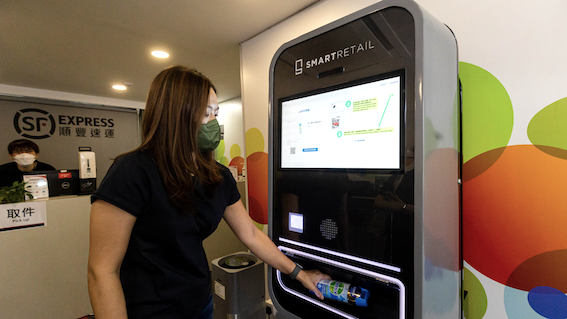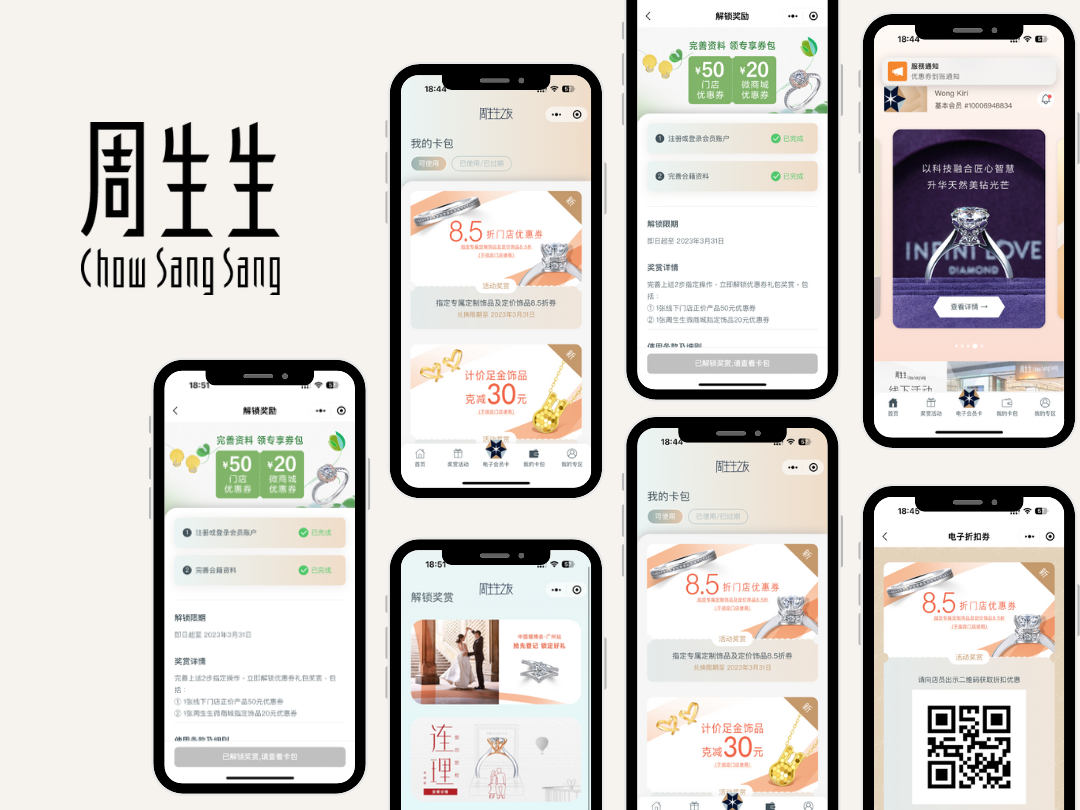In 2019, data is an invaluable thing. The insights that can be generated on a brand’s audience are totally incomparable to what was possible in previous years.
And with new information-gathering methods – such as chatbots, in-store retail tech, and smartphone applications – and analytical tools, software packages and services being developed daily, we have barely touched on the potential to better understand audiences and cater to their needs because of data.
However, the flip side to this rapid expansion is that in 2019, data can be extremely intimidating. It’s extremely easy to be overwhelmed by the vast array of options available, not only in what data is worthwhile but how to even make use of what data you have.
What’s more, when you don’t even understand the extent to which data has its own language, it’s easy to back off and miss out, or dive in without understanding and make mistakes.
In this Master Report – “The state of data literacy” – Jeffrey Hau, the director of Prizm Group, attempts to ease your concerns about understanding and utilising data. It provides a solid entry guide on how to get a team to embrace this wonderful tool for marketers and seize the opportunities it can provide. And the key to it all is understanding how to talk the talk before walking the walk.
What is data literacy?
Over the past few years, data analytics and data-driven insights have been the most commonly heard jargon in the marketing field, with the rising demand for data scientists making it one of the hottest jobs around. Corporates and agencies are setting up data teams with the aim of tackling the enormous amounts of data available thanks to advancements in data collection technology.
However, managers believe that new data teams will only create a deadlock of what we call “organisation silos”. This where a data team either hoards all the insights to themselves or the data remains dormant as cold numeric figures doomed to be phased out when other divisions in the organisation don’t bother to work with it.
The solution is to nurture data literacy among all members of a company. Gartner, the world’s leading research company, defines data literacy as the ability to read, write and communicate data in context, including an understanding of data sources with analytical methods and technical application.
Getting ready for the workplace
Imagine, if you will, a library with the most extensive collection of books. Without the ability to read and appreciate them, the texts are nothing more than collections of paper and ink.
In every workplace – regardless of the diverse backgrounds of individual staff members – a common language is needed to facilitate universal communication. Now is the time to teach all team members a new language so they may collectively start “speaking data”.
To nurture this new language, we require a combination of technology and talent. However, just as it is not necessary to have a literature degree to perform everyday communication, we should not expect our colleagues to speak in Python or R.
The keys to becoming data literate
Mighty oaks grow from the tiniest of acorns, and some basic steps can gauge if we are on the right track.
Take a hypothetical scenario in which we are introducing data literacy to an F&B chain restaurant. Not only has each industry got its own domain of knowledge, but sometimes a brand in the same vertical carries its own unique cultural information. Therefore, it is crucial for all members – especially the newly joined – to be equipped with this mindset and get into the habit of frequently using data terms and definitions.
When we talk about the turnover rate in the context of a restaurant, it implies how busy your business is during the day. But without fully understanding the restaurant’s policy (such as allowing shared tables) then we may misinterpret table turnover data when we should be collecting seat turnover data.
Be extremely sceptical and sensitive
When preparing to examine a data set, this is when someone’s data senses should kick in.
They should be inspecting the data for ambiguities: checking if any part is missing (for example, is the time frame logged when comparing time-relevant data); scrutinising the data selection process (for example, is the representative group significant?); and tallying the statistical dimensions and filters (for example, has some data been omitted?).
Being sceptical, critical and sensitive to data is crucial. In school, we were told that numbers do not lie, but truth be told, liars use numbers. Thus, it is the duty of every member of the organisation to put on their detective cap and question the credibility and trustworthiness of every data source.
As we become more reliant on data, data’s trustworthiness becomes extremely vital. Traditionally, management has the belief that insights which are driven by intuition are fragile, but conversely, if we put our trust solely in data, it can be catastrophic if that data fails.
Interpreting data
Once we authenticate our prime data, we can finally deep-dive and start interpreting it. As we accumulate experience in studying data, red flags will become visible naturally. Like picking up a faster standard reading speed when you build it into a habit, or how an experienced mechanic can tell the deficiencies of a vehicle just by listening to the engine noise.
By observing trends and patterns regularly, and where they skew, you should be able to instinctively identify outliers and irregularities.
For example, when the average frequency of a customer ordering a delivery meal is 28 times a year, it might be worthwhile to investigate the small group of outliers that ordered out over 200 times a year.
Business opportunities and untapped audience groups can be leveraged using data. Such as when we discover the peak hours of a few particular stores are skewed, we can design a customised marketing strategy instead of a blanket solution that generalises all the stores to increase conversion for that segment.
Making predictions
Coming up with predictions is often – and no I’m not making a typo – both the most difficult and the absolute easiest part of the journey. Without having a cautious and critical mindset, we are prone to slippery slopes and careless misjudgments.
The solution is to familiarise yourself with the basics in research methodology. Be wary about the potential pitfalls before resting on any conclusion.
Meanwhile, if we rely on a single channel such as EDM responses to generalise customer preferences, the findings may be limited due to biased sampling.
Additionally, keep an eye out for faulty causations and correlations. When investing increased marketing dollars during a company’s peak season, a higher sales return result may not be as much a sign of cause and effect, as it may simply be due to an unrelated seasonal factor.
What’s next?
There are some quick recommendations on the to-do list: Every workplace should initiate data workshops for all colleagues, educating them on the basic concepts of data, statistics and research, and how data is applied in a business context.
Team leaders that drive meetings should encourage their members to approach issues with an analytical mind and make data-informed decisions. With input from team members, data reports with guided footnotes should be circulated and shared in an organisation.
Language is best learned with an immersion approach, so as with data, try to spend more time immersed in the subject.
It’s worth mentioning again, as members of our flourishing shared economy we all have a responsibility to contribute to the data economy that sits at its foundation. With a handful of data scientists, we’ve gained the ability to create presentations with complicated statistical models and intuitive visualisations. If we combine this with a workplace that can think and talk with data, brands and business will launch themselves forward into an era of data.










